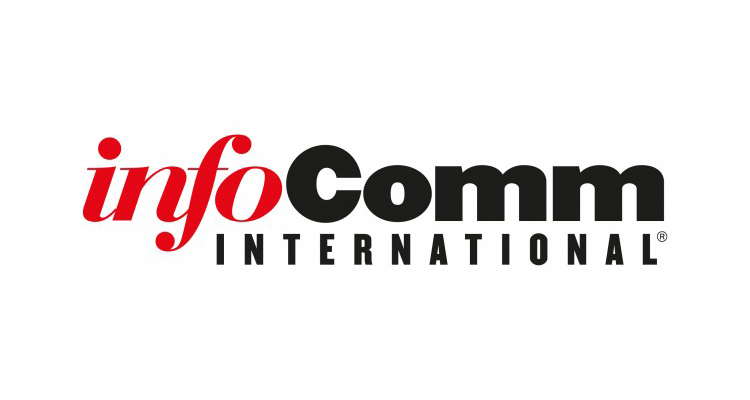InfoComm International Releases New Standard for Display Image Size
 FAIRFAX, VA – June 9, 2016 – InfoComm International®, the trade association representing the commercial audiovisual industry worldwide, is pleased to announce the release of a new standard for sizing displayed images for audiovisual systems: ANSI/INFOCOMM V202.01:2016, Display Image Size for 2D Content in Audiovisual Systems.
FAIRFAX, VA – June 9, 2016 – InfoComm International®, the trade association representing the commercial audiovisual industry worldwide, is pleased to announce the release of a new standard for sizing displayed images for audiovisual systems: ANSI/INFOCOMM V202.01:2016, Display Image Size for 2D Content in Audiovisual Systems.
Displays are essential to the working process in many environments, and viewers depend on the displayed image to convey information efficiently. Currently, the methods audiovisual professionals use to calculate appropriate image size aren’t attributed to a particular source. Therefore, a task group of subject matter experts developed the standard in order to establish universal methods and metrics for determining image size.
Display Image Size for 2D Content in Audiovisual Systems determines required display image size and relative viewing positions according to two defined viewing needs: basic decision making and analytical decision making. These two viewing categories are derived from ANSI/INFOCOMM 3M-2011 Projected Image System Contrast Ratio (PISCR). Image height, image resolution, and the size of image content are all prescriptive elements when determining required image size. The standard also addresses closest and farthest viewing distances, as well as relative horizontal and vertical viewer locations. It provides formulas to design and display content when encountering limitations in an environment. In addition to the standard, InfoComm will be providing a calculation/assessment tool on its website for determining proper display image size based on viewer needs.
“Until now, the AV industry has used guidelines that served their purpose in a different era, but whose provenance and basis could not be verified. The task group went back to basics and also referenced leading research and military standards,” said Greg Jeffreys, Director of Visual Displays Ltd. and moderator for the standard task group. “As a designer and maker of large-screen displays, this standard will have a significant impact on my professional work. It will enable me to help clients to define what a good user experience comprises, and it gives me the tools and metrics to deliver just that.”
“Content has historically been a part of the design consideration for image size. Content description, however, has been vague and its interpretation has been up to the designer,” said Dick Tollberg, CTS®-D, Senior Design Engineer for AVI-SPL and member of InfoComm’s Standards Steering Committee. “Before the standard, there was no way to quantify content in such a way that the designer could ensure that the image size was correct. The standard gives direction to the creators and presenters of the content, while allowing the designer to use familiar methods to determine the correct image size for a given room. If the designer and the content adhere to the standard, the designer can guarantee that the image size will be satisfactory for all room participants.”
“InfoComm’s Standards Steering Committee saw the need to develop an accredited standard that would provide guidance for sizing displayed images, regardless of the technology being used,” said Ann Brigida, CTS, Director of Standards, InfoComm International. “Current best practices held up for many years, but the advent of increasing resolutions and technologies presented challenges to designers and integrators when they tried to apply old science to new scenarios. The task group worked tirelessly to make sure the standard is scalable and adaptable. We anticipate great interest in this topic from many markets, not just our industry.”
To access the standard, visit www.infocomm.org/standards





